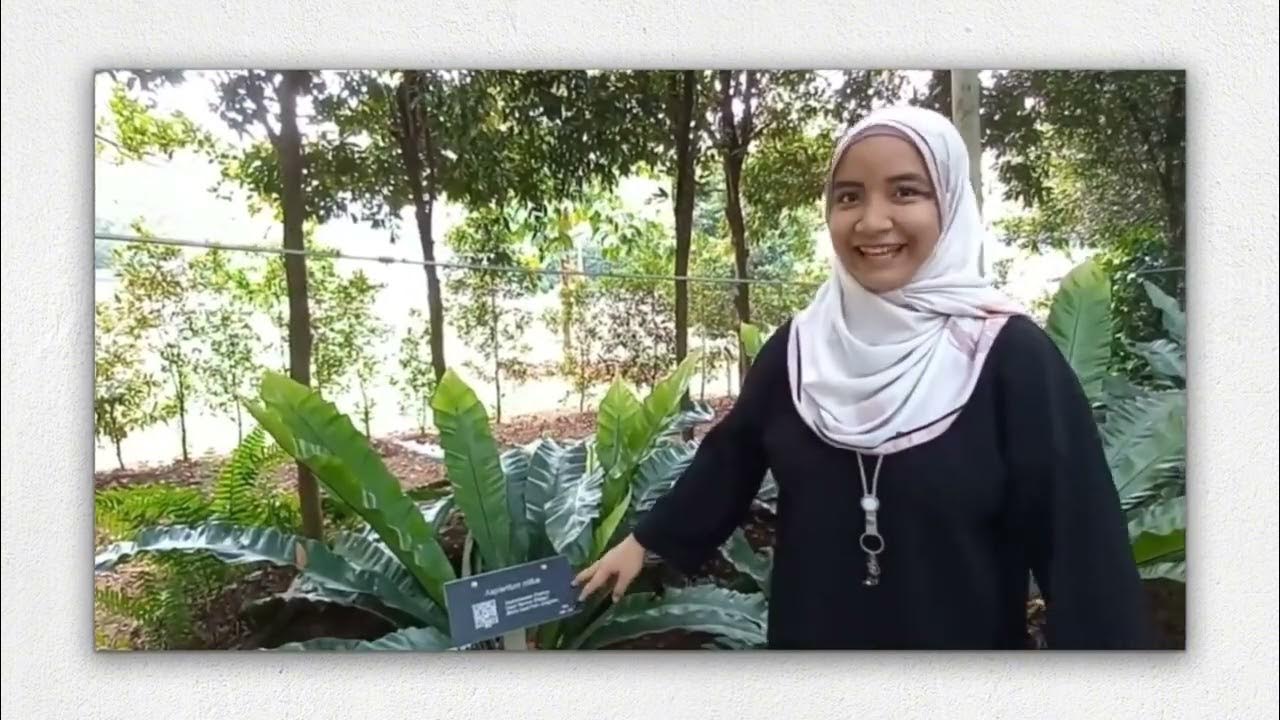Dr Jyothish - Major conservation policies
Summary
TLDRThis session on biodiversity conservation highlights four key aspects: in situ conservation, ex situ conservation, major protected areas, and the role of traditional knowledge in community-based conservation. In situ conservation focuses on preserving species in their natural habitats through national parks and reserves, while ex situ conservation involves safeguarding species outside their habitats via zoos and seed banks. Major protected areas are essential for biodiversity and cultural heritage, and integrating traditional knowledge empowers local communities in conservation efforts. Together, these strategies are vital for preserving our planet's biodiversity for future generations.
Takeaways
- 🌱 In-situ conservation focuses on preserving species within their natural habitats, maintaining ecosystems and allowing species to thrive naturally.
- 🌳 Establishing national parks, wildlife sanctuaries, and biospheres are critical strategies for in-situ conservation.
- 🦁 Ex-situ conservation involves preserving species outside their natural habitats, which is vital for species at risk of extinction.
- 🌼 Examples of ex-situ conservation include captive breeding programs, botanical gardens, and seed banks.
- 🌍 Major protected areas, like national parks and marine reserves, are essential for conserving biodiversity and cultural heritage.
- 🔬 Protected areas serve as natural laboratories for scientific research and promote ecotourism.
- 🏞️ Traditional knowledge and community-based conservation are integral to effective conservation efforts.
- 👥 Indigenous communities have valuable insights into sustainable resource management that can enhance modern conservation practices.
- 🤝 Community-based conservation initiatives empower local communities, fostering stewardship and strengthening conservation outcomes.
- 🌎 The integration of in-situ and ex-situ conservation, along with traditional knowledge, is crucial for safeguarding biodiversity for future generations.
Q & A
What is in situ conservation?
-In situ conservation focuses on preserving species within their natural habitats, protecting ecosystems and allowing species to thrive naturally.
How does in situ conservation contribute to biodiversity?
-In situ conservation plays a crucial role in maintaining biodiversity by safeguarding entire ecosystems, which preserves natural processes and ecological interactions.
What are some strategies included in in situ conservation?
-Strategies include the establishment of national parks, wildlife sanctuaries, and biosphere reserves, which provide safe havens for diverse wildlife.
What is ex situ conservation?
-Ex situ conservation involves the preservation of species outside their natural habitats, such as through captive breeding programs, botanical gardens, and seed banks.
Why is ex situ conservation important?
-Ex situ conservation is vital for species at risk of extinction or those that have already become extinct in the wild, providing a safety net by maintaining populations in controlled environments.
What are examples of ex situ conservation initiatives?
-Examples include botanical gardens, zoos, and gene banks, which play crucial roles in preserving genetic diversity and ensuring the survival of threatened species.
What are major protected areas?
-Major protected areas are designated regions aimed at conserving biodiversity and natural resources, including national parks, marine reserves, and world heritage sites.
How do major protected areas benefit biodiversity?
-These areas safeguard biodiversity, preserve cultural heritage, promote sustainable development, and serve as natural laboratories for scientific research.
What role does traditional knowledge play in conservation?
-Traditional knowledge offers valuable insights and practices for sustainable resource management and can complement modern conservation practices.
How can community-based conservation initiatives empower local communities?
-By integrating traditional knowledge with modern approaches, community-based conservation initiatives empower local communities to actively participate in conservation efforts, fostering stewardship and enhancing conservation outcomes.
Outlines

Cette section est réservée aux utilisateurs payants. Améliorez votre compte pour accéder à cette section.
Améliorer maintenantMindmap

Cette section est réservée aux utilisateurs payants. Améliorez votre compte pour accéder à cette section.
Améliorer maintenantKeywords

Cette section est réservée aux utilisateurs payants. Améliorez votre compte pour accéder à cette section.
Améliorer maintenantHighlights

Cette section est réservée aux utilisateurs payants. Améliorez votre compte pour accéder à cette section.
Améliorer maintenantTranscripts

Cette section est réservée aux utilisateurs payants. Améliorez votre compte pour accéder à cette section.
Améliorer maintenantVoir Plus de Vidéos Connexes

BIODIVERSITY AWARENESS VIDEO : EX SITU CONSERVATION

Pengaruh Manusia terhadap Ekosistem dan Konservasi Keanekaragaman Hayati@gururatna

Plant Genetic Resources & Their Conservation

Biodiversity in the Philippine Forests | Puno ng Buhay

Biodiversity of Indonesia

Ancaman dan Upaya Pelestarian Keanekaragaman Hayati
5.0 / 5 (0 votes)
